Essential Strategies to Prevent Replay Attacks in API Requests

As the backbone of modern digital communication, APIs are a prime target for cyber threats—especially in crypto, DeFi, and AI-powered applications. One of the most pernicious attacks? The replay attack, in which valid data transmissions are maliciously or fraudulently repeated. For API providers and developers, preventing replay attacks isn’t an option—it's an absolute necessity for robust security.
What Is a Replay Attack?
A replay attack occurs when a malicious actor intercepts a valid data packet and then retransmits it to trick a system into performing unauthorized operations. In API contexts, attackers may reuse valid requests (often containing authentication details) to perform duplicate transactions or gain unauthorized access. Because the replayed request was originally valid, servers without adequate safeguards may not detect the threat.
- Example: An attacker intercepts a signed transaction request to transfer tokens, then resubmits it, draining user assets, unless prevention mechanisms exist.
- Implications: Data loss, financial theft, and loss of trust—all of which are critical risks in sensitive environments like crypto APIs, trading bots, or financial data providers.
Core Techniques for Preventing Replay Attacks
Robust replay attack prevention begins with understanding core technical methods. The following are widely accepted best practices—often used together for comprehensive protection.
- Nonces (Number Used Once): Each API request includes a unique, unpredictable number or value (a nonce). The server validates that each nonce is used only once; any repeated value is rejected. Nonces are the industry standard for thwarting replay attacks in both crypto APIs and general web services.
- Timestamps: Requiring all requests to carry a current timestamp enables servers to reject old or delayed requests. Combined with a defined validity window (e.g., 30 seconds), this thwarts attackers who attempt to replay requests later.
- Cryptographic Signatures: Using asymmetric (public/private key) or HMAC signatures, each request encodes not only its payload but also its nonce and timestamp. Servers can verify that the message hasn't been tampered with, and can validate the uniqueness and freshness of each request.
- Session Tokens: Sending temporary, single-use session tokens issued via secure authentication flows prevents replay attacks by binding each transaction to a session context.
- Sequence Numbers: In some systems, incrementing sequence numbers associated with a user or token ensure API requests occur in order. Repeated or out-of-order numbers are rejected.
Scenario Analysis: How Crypto APIs Mitigate Replay Attacks
Leading crypto APIs, such as those used for trading, price feeds, or on-chain analytics, deploy multiple techniques in tandem. Here’s an analytical walkthrough of practical implementation:
- API Auth Workflows: When users call sensitive endpoints (like placing trades or moving funds), API providers require a nonce and a signature. For example, a crypto trading API may require:
- Nonce: The client generates a random or incrementing number per request.
- Timestamp: The request timestamp ensures freshness.
- Signature: The user signs the payload (including the nonce, timestamp, and body data) using their API secret or private key.
- Server Validation: The server verifies the signature, then checks that both nonce and timestamp are valid. It stores a database of recent nonces per API key/user to reject any reuse.
- Replay Protection in Event Webhooks: Webhook endpoints receiving data from trusted sources also require verification of both signature and uniqueness to prevent attackers from submitting repeated or altered webhook notifications.
Importantly, the combination of these techniques not only prevents replay attacks but also helps authenticate requests and ensure integrity—critical for the high-value operations typical in crypto environments.
Best Practices for Implementing Replay Prevention in Your API
Developers and security architects must employ a layered defense. Consider adopting the following practical steps:
- Enforce Nonce Uniqueness: Track previous nonces (or a hash) for each API key/user within a sliding time window to avoid excessive data storage, but ensure no nonce repeats are accepted.
- Define a Validity Window: Restrict requests to a strict timeframe (typically 30–120 seconds) to limit attacker flexibility and reduce server load.
- Secure Key Management: Use secure HSMs (Hardware Security Modules) or vaults to protect private keys and secrets used for signing API requests.
- Automated Monitoring: Monitor for patterns such as duplicate nonces, out-of-sequence requests, or multiple failures—these can indicate attempted replay or credential stuffing attacks.
- Comprehensive Testing and Audits: Regularly test API endpoints for replay attack vulnerabilities, particularly after making changes to authentication or data transmission logic.
By following these best practices, API providers can significantly reduce the risk of replay attacks—even in the fast-paced, high-stakes environment of crypto and AI-powered platforms.
AI-Powered Analytics for API Security
Modern API infrastructure benefits from AI-driven monitoring tools that can detect and flag anomalies—such as repeated requests, abnormal traffic spikes, or suspicious timestamp patterns—suggesting a potential replay attack in progress. By integrating machine learning with traditional security controls, application teams can spot sophisticated threats that might slip past static rules, ensuring a more resilient API ecosystem.
Build Smarter Crypto Apps & AI Agents with Token Metrics
Token Metrics provides real-time prices, trading signals, and on-chain insights all from one powerful API. Grab a Free API Key
FAQ: How to Prevent Replay Attacks in API Requests
What is the difference between a replay attack and a man-in-the-middle attack?
A replay attack involves resending valid data to trick an API, while a man-in-the-middle attack intercepts and can alter communication between two parties. Both can be used in tandem, but replay attacks specifically exploit a system’s inability to detect previously valid requests being repeated.
How do nonces help prevent replay attacks?
Nonces ensure each API request is unique. If an attacker tries to repeat a request using the same nonce, the server recognizes the duplicate and rejects it, preventing unauthorized operations.
Do TLS or HTTPS protect against replay attacks?
TLS/HTTPS encrypt communications but do not inherently prevent replay attacks. Replay prevention requires application-level controls like nonces or timestamps, as encrypted packets can still be captured and resent if no additional safeguards exist.
How can APIs detect replay attacks in real time?
APIs can log incoming requests’ nonces, timestamps, and signatures. If a duplicate nonce or old timestamp appears, the server detects and blocks the replay. Real-time monitoring and alerting further reduce risks.
Are there industry standards for replay attack prevention?
Yes. OAuth 2.0, OpenID Connect, and major crypto API specs recommend nonces, timestamp validation, and signatures as standard practices to prevent replay attacks. Following established security frameworks ensures better protection.
Disclaimer
This blog is for educational purposes only. It does not constitute investment, legal, or other professional advice. Please conduct your own research or consult experts before implementing security practices in critical systems. Token Metrics does not offer investment services or guarantees of performance.
Create Your Free Token Metrics Account

.png)




%201.svg)
%201.svg)


%201.svg)



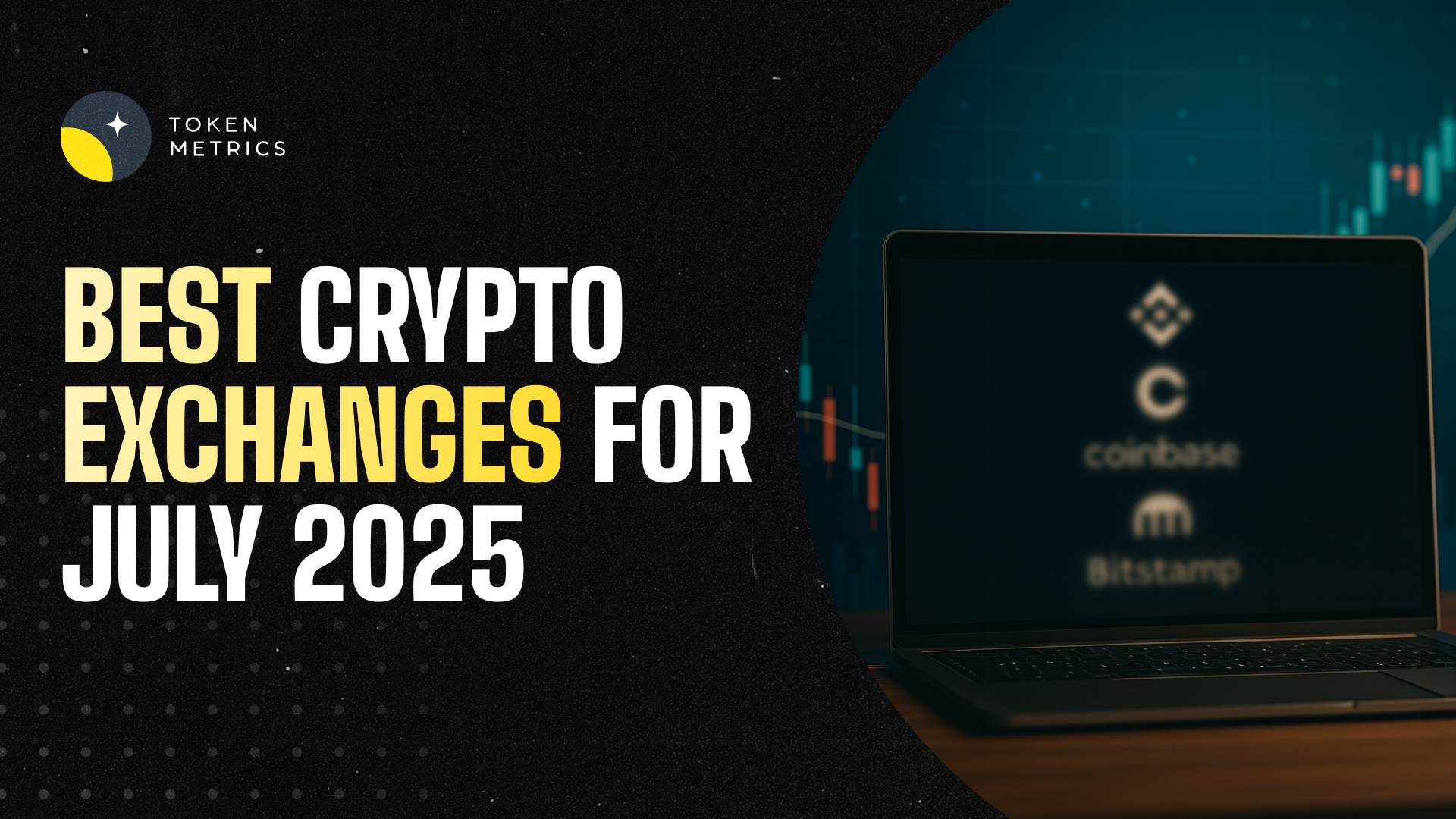
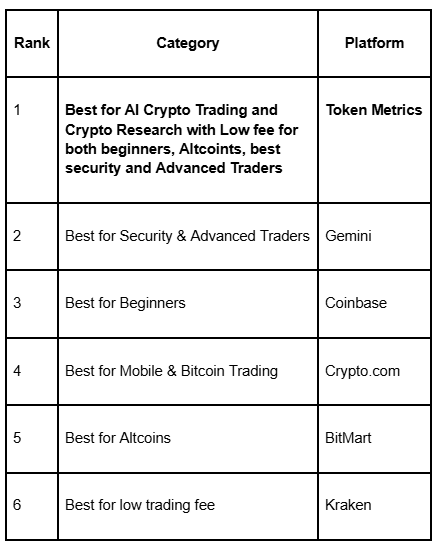








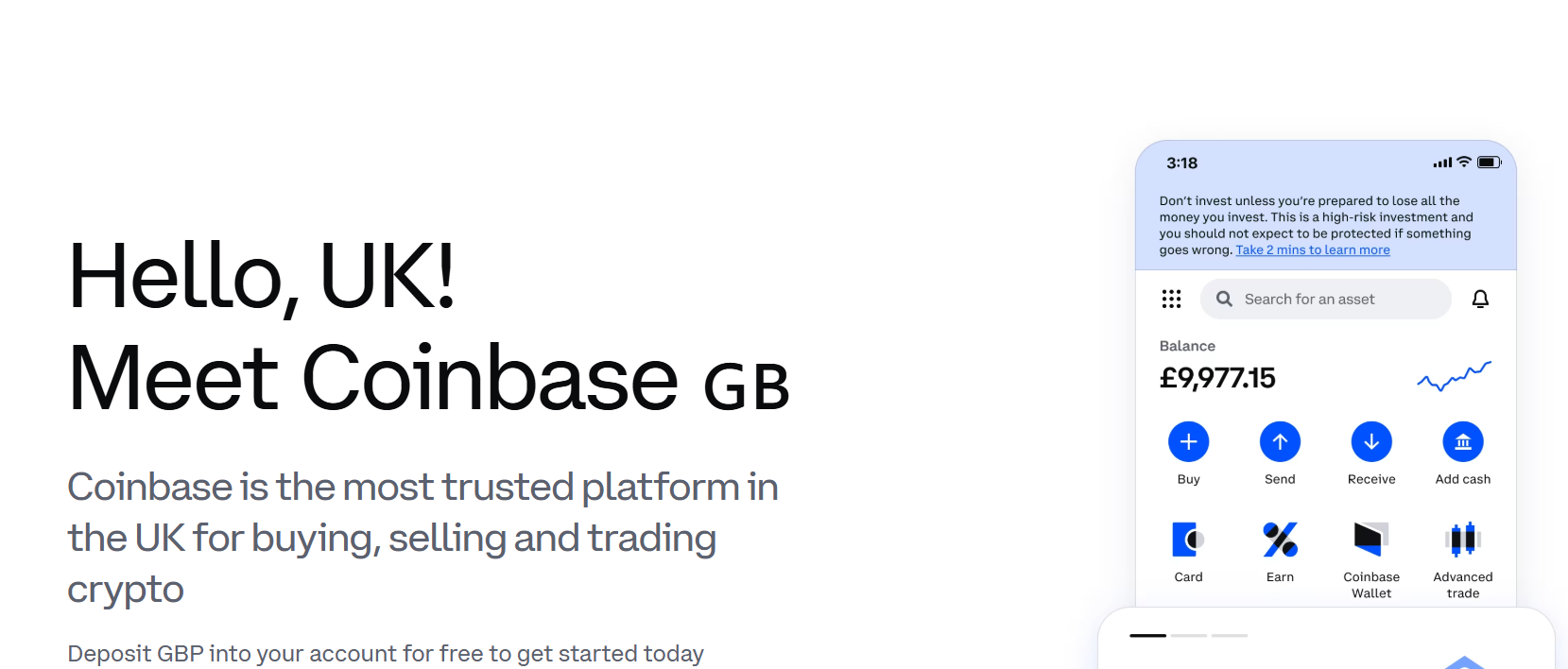
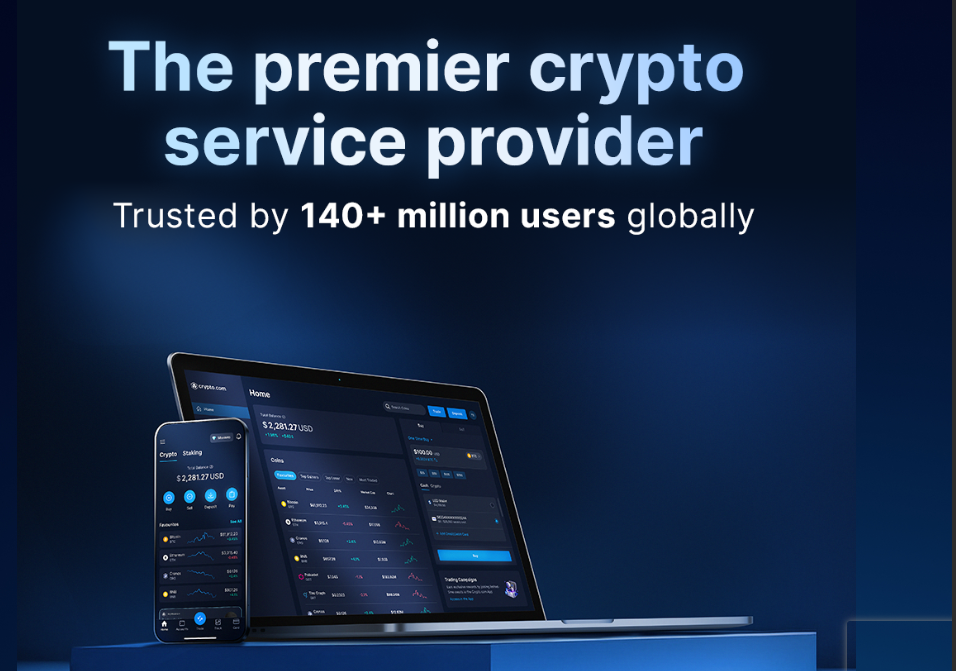
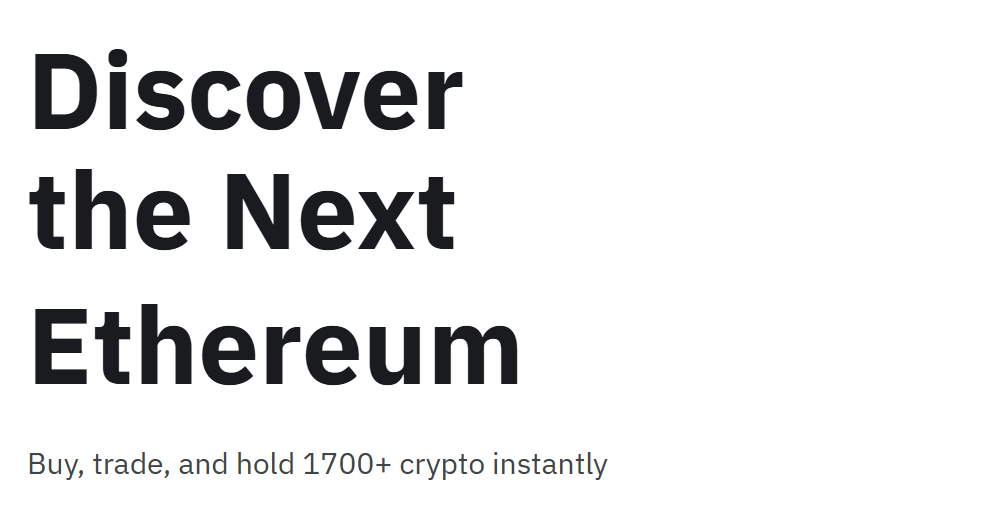
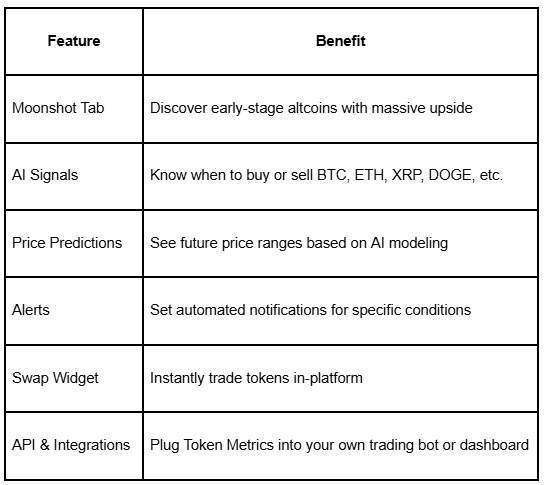
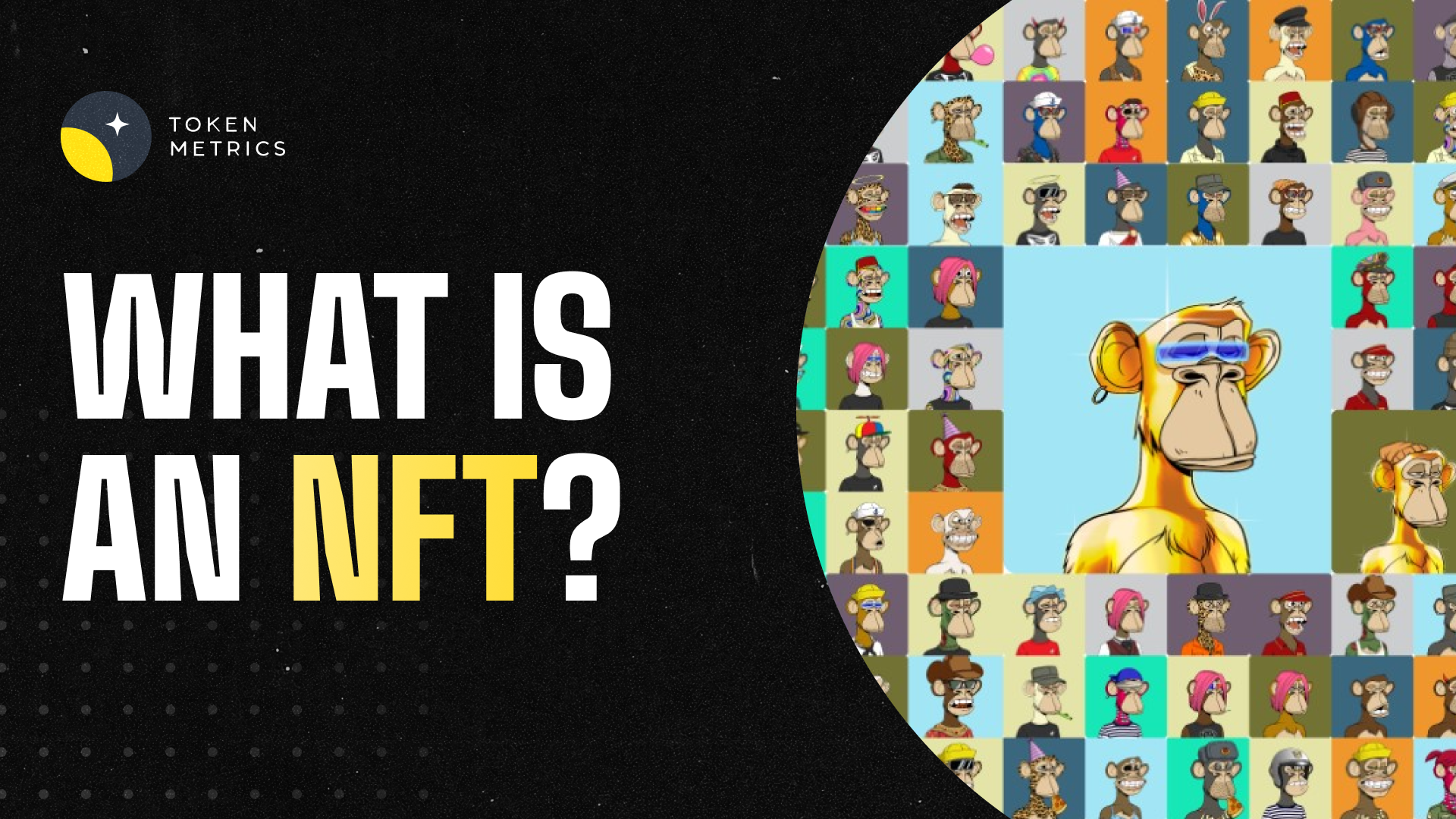

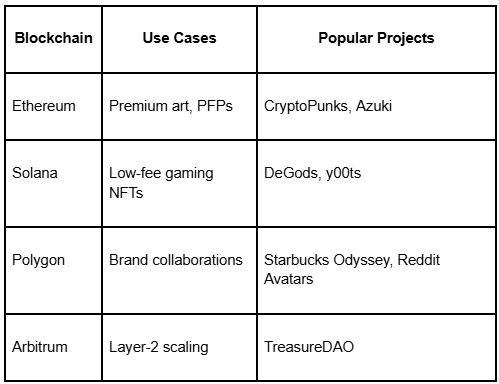
.png)







.svg)




.png)